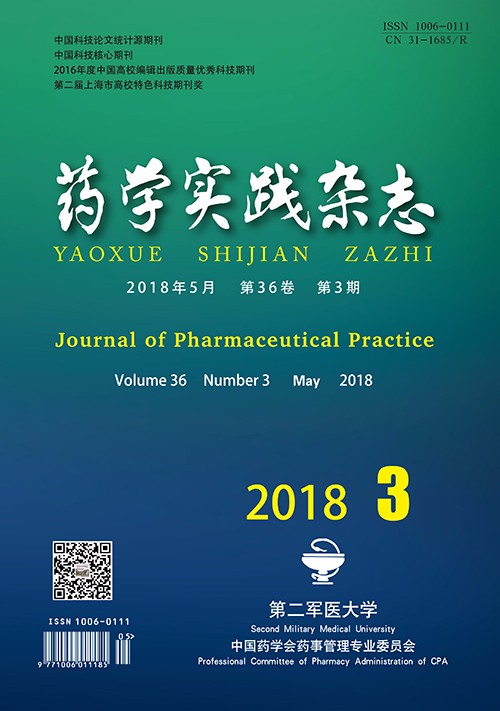|
[1]
|
Luo Y, Yang X, Gao Y.Strategies for the Prevention of acute mountain sickness and treatment for large groups making a rapid ascent in China[J]. Int J Cardiol, 2013, 169(2):97-100. |
|
[2]
|
Luks AM, Swenson ER, Bartsch P.Acute high-altitude sickness[J]. Eur Respir Rev, 2017, 26(143):160096. |
|
[3]
|
Bultas J. Mountain sickness[J]. Cas Lek Cesk, 2015,154(6):280-286. |
|
[4]
|
Boggild AK, Costiniuk C, Kain K C, et al. Environmental hazards in Nepal:altitude illness, environmental exposures, injuries, and bites in travelers and expatriates[J]. J Travel Med, 2007,14(6):361-368. |
|
[5]
|
白振忠. 高原鼠兔对缺氧、寒冷极端高原环境适应的分子机制研究[D]. 青海:青海大学, 2015. |
|
[6]
|
陈有, 李素芝, 黄学文, 等. 模拟高原环境大鼠AQP5表达和肺动脉压变化[J]. 西南国防医药,2009,19(1):4-6 |
|
[7]
|
Ohinata A, Nagai K, Nomura J, et al. Lipopolysaccharide changes the subcellular distribution of aquaporin 5 and increases plasma membrane water permeability in mouse lung epithelial cells[J]. Biochem Biophys Res Commun, 2005,326(3):521-526. |
|
[8]
|
Lisk C, McCord J, Bose S, et al. Nrf2 activation:a potential strategy for the prevention of acute mountain sickness[J]. Free Radic Biol Med, 2013,63:264-273. |
|
[9]
|
王雷琛, 姜艳, 张迪, 等. 虎杖苷对模拟高原低氧环境所致小鼠脑、肺损伤的保护作用[J]. 中南药学, 2015,13(4):343-348. |
|
[10]
|
Norris JN,Viirre E,Aralis H,et al. High altitude headache and acute mountain sickness at moderate elevations in a military population during battalion-level training exercises[J]. Mil Med,2012,177(8):917-923. |
|
[11]
|
Singh M, Thomas P, Shukla D, et al. Effect of subchronic hypobaric hypoxia on oxidative stress in rat heart[J]. Appl Biochem Biotechnol, 2013,169(8):2405-2419. |
|
[12]
|
Heyman SN, Rosen S, Rosenberger C.A role for oxidative stress[J]. Contrib Nephrol, 2011, 174:138-148. |
|
[13]
|
张洁,袁东亚,李文华,等.氧自由基与高原病研究进展[J]. 医学综述, 2011,17(22):3384-3386. |
|
[14]
|
Shi Q, Fu J, Ge D, et al. Huperzine a ameliorates cognitive deficits and oxidative stress in the hippocampus of rats exposed to acute hypobaric hypoxia[J]. Neurochem Res, 2012,37(9):2042-2052. |
|
[15]
|
Sakr HF, Abbas AM, El Samanoudy AZ. Effect of vitamin E on cerebral cortical oxidative stress and brain-derived neurotrophic factor gene expression induced by hypoxia and exercise in rats[J]. J Physiol Pharmacol, 2015,66(2):191-202. |
|
[16]
|
马慧萍,吴金华,高荣敏,等.低压氧舱模拟急性高原缺氧动物模型建立的初探[J]. 解放军药学学报, 2013,29(4):301-304. |
|
[17]
|
Mirtschink P, Krek W. Hypoxia-driven glycolytic and fructolytic metabolic programs:Pivotal to hypertrophic heart disease[J]. Biochim Biophys Acta, 2016, 1863(7 Pt B):1822-1828. |
|
[18]
|
Cheng F,Xie S,Guo M, et al. Altered glucose metabolism and preserved energy charge and neuronal structures in the brain of mouse intermittently exposed to hypoxia[J]. J Chem Neuroanat, 2011, 42(1):65-71. |








 DownLoad:
DownLoad: